
News

News
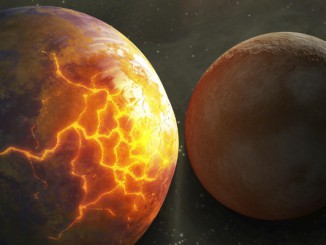
News
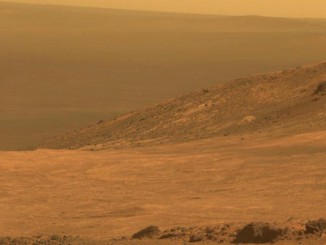
News
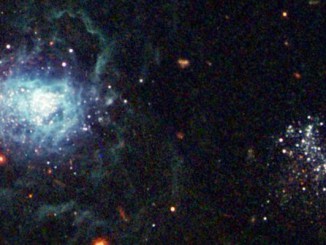
News
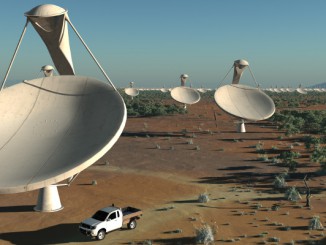
News

News

News
Public invited to help name features on Pluto and its largest moon, Charon
On July 14th, NASA’s New Horizons spacecraft will flyby Pluto, offering the first close-up look at that small, distant world. You can help decide what names will be used on subsequent maps of the dwarf planet and its largest moon, Charon, as the SETI Institute announces the launch of its “Our Pluto” campaign.
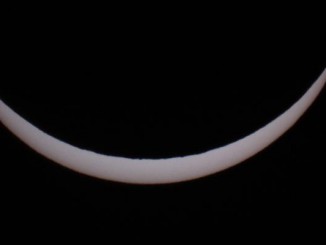
Eclipse
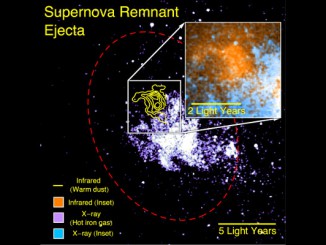
News
Missing link between supernovae and planet formation found
An international scientific team using NASA’s Stratospheric Observatory for Infrared Astronomy (SOFIA) has discovered a cloud produced by a supernova explosion 10,000 years ago that contains enough dust to make 7,000 Earths, showing that supernovae are capable of producing a substantial amount of the material from which planets can form.
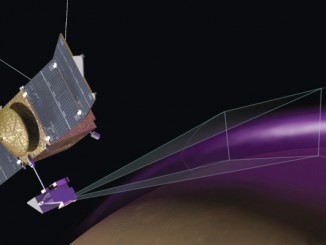
News
